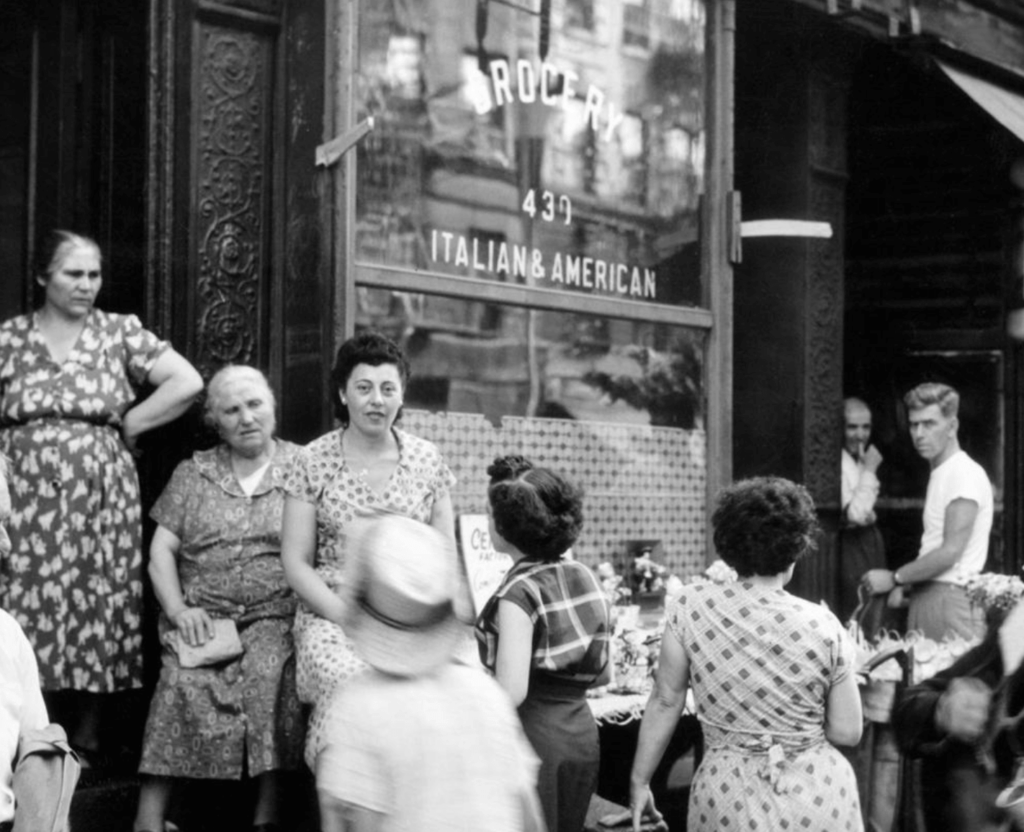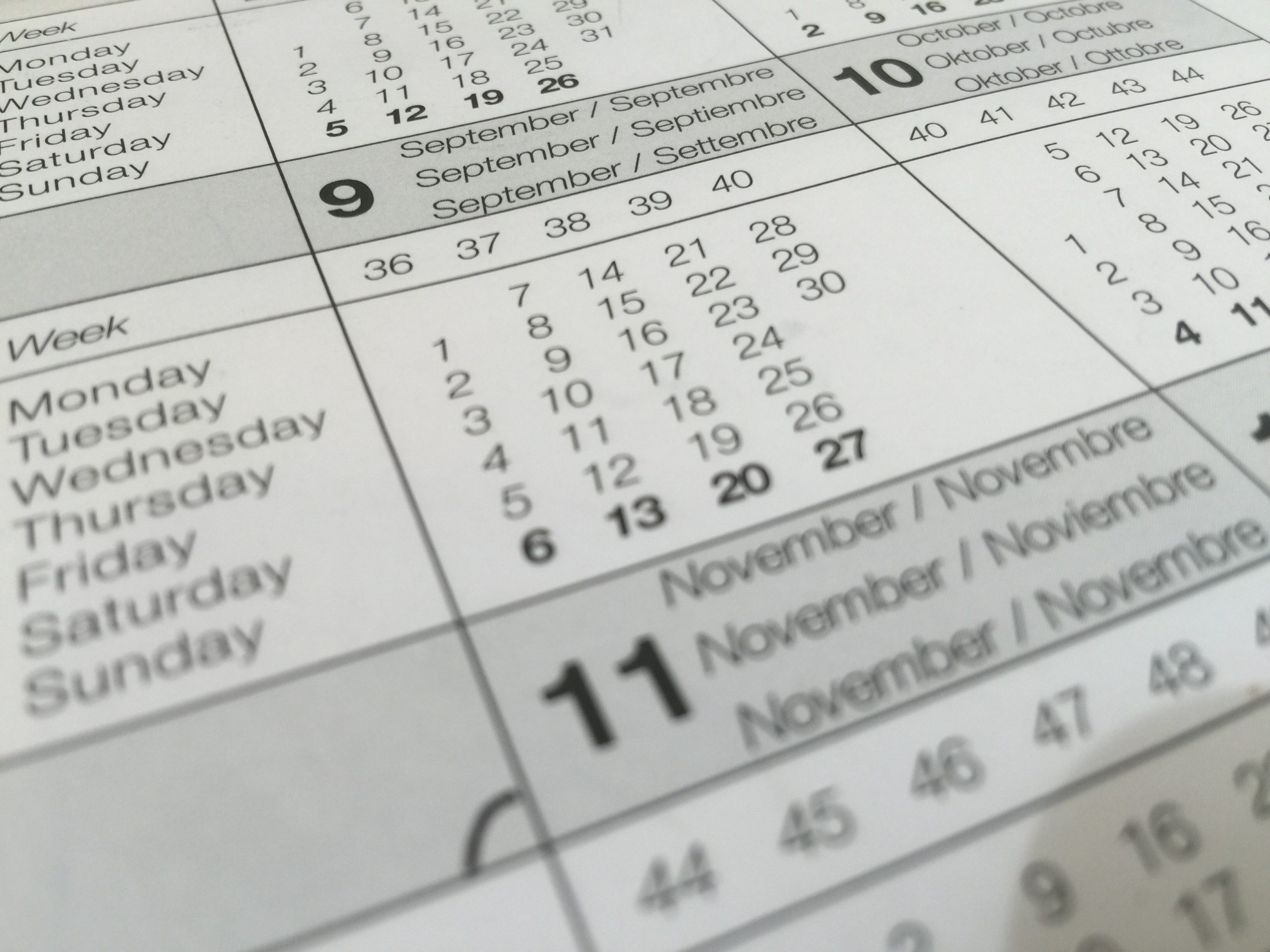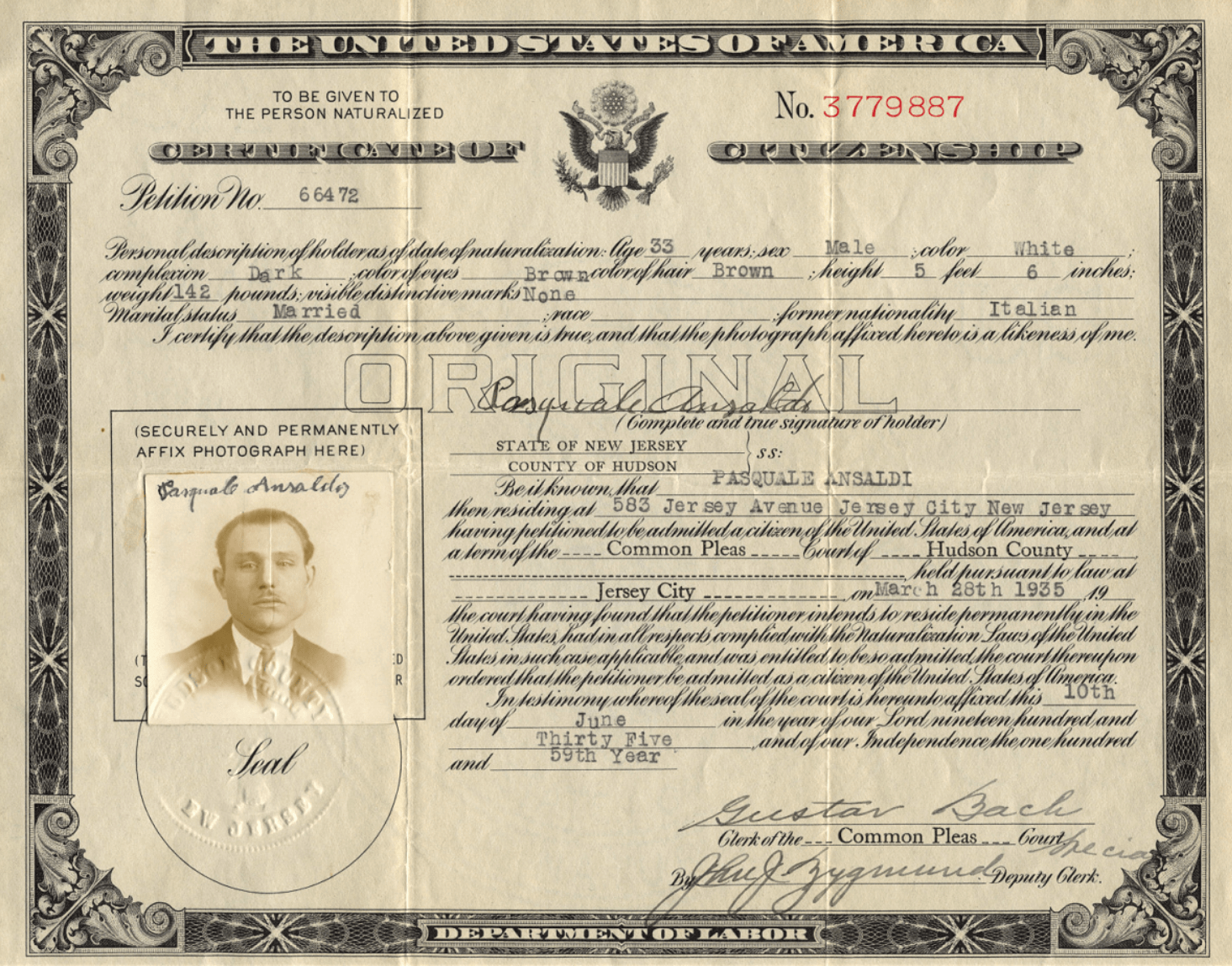
So you want to get Italian citizenship? Bene. Today we’re going to walk you through the five steps you need to take in order to get your citizenship recognized, get your Italian passport, and do it all without going crazy.
Without help, the process of obtaining Italian dual citizenship can be long and confusing. But even if you don’t hire a company for help, you can still take the reigns. There are ways to cut down time, do things more efficiently, and get your citizenship as painlessly as possible. In this post, we’ll discuss the five key steps everyone must take—and in the correct order—to get Italian citizenship.
Let’s get started.
1. First, make your consular appointment

For good reason, Italian dual citizenship is very popular. As a result, you may see wait times of up to 3-5 years for an appointment.
But while you are waiting you can always get the jump on things by gathering your documents. So, the first thing you should do is book whatever you can. Go to your consulate’s website and look for the link that says “Prenota Online.”
This is the online system that your consulate uses to book appointments. When you sign up, you should see a calendar of open dates. If you don’t see any available appointments, don’t get frustrated! They get snatched up fairly quickly and hardly anyone succeeds at first try. Come back another day and keep refreshing.
On our Facebook group we also have a handy appointment swap thread anyone can use.
Note that some consulates such as New York have two appointment “tracks.” One is for people who are the children of Italian immigrants. The other is for people who have Italian ancestors further back (grandparents, great grandparents, etc.). Be sure to select the category that is relevant for your case.
2. Second, check your specific consulate’s list of required documents

Because this is Italy we’re talking about and nothing can be simple, each consulate has their own list of requirements. Most of them have a very handy list on their website which you can download. For example, New York has a check list whose boxes you can tick as you go along.
Note: make sure when selecting the documents you need, you are looking at the correct category. The documents a person whose parent was Italian will need are different from those whose grandparent or great grandparent was Italian, for example.
Make special note of everything you have to get. If you have to, make your own list and cross off items as necessary. It helps to have a visual reminder of what you’ve gotten already and what you still need to get.
At a bare minimum, each consulate will require:
For your last Italian-born ancestor
- Birth certificate
- Marriage certificate, apostilled and translated (if not from Italy)
- Death certificate, apostilled and translated (if not from Italy)
- Naturalization records orproof of non-naturalization
For your intermediate ancestor(s)
- Birth certificates, apostilled and translated (if not from Italy)
- Marriage certificates, apostilled and translated (if not from Italy)
- Death certificates, apostilled and translated (if not from Italy)
For you
- Birth certificate, apostilled and translated (if not from Italy)
- Marriage certificate, apostilled and translated (if not from Italy)
- Birth certificates of your minor children (if applicable), apostilled and translated (if not from Italy)
If there are divorces in your family, you’ll need to provide those records. You will also need to provide proof that the divorces were not contested.
3. Third, take stock of any discrepancies

Take a look at all the documents you have. It is very common that people find discrepancies in them. Many people’s ancestors decided to use different names or birthdates on their documents (and nobody was around to check them back then).
As a result, it may be difficult to prove that you can get Italian citizenship. After all, you want your documents to show two things: 1) that you descend from a qualifying Italian ancestor, and 2) that there has never been a broken chain of Italian citizenship.
If your documents are confusing or cast doubt on your ancestors’ identities, you will not be able to do this.
Therefore, you should note down any discrepancies you see. Small things like an ancestor’s Italian name being Anglicized shouldn’t be a big deal. An example of this could be Francesco becoming Frank.
Bigger things like completely different names, birth places, or birth dates will lead to confusion and may cause your application to be rejected. At this point, you have a few options:
1. If your discrepancies are “bad” enough, you can get them all fixed in one fell swoop in court. This is called a “court order of one and the same person.”
Any attorney who is familiar with administrative law should be able to do this for you. Our attorneys can help as well. We only recommend this in case where there are multiple discrepancies across many documents. This is sort of the “go nuclear” option and is the costliest way to fix things. The upside is that it’s a one shot deal and the consulate will accept this without question.
2. You may be able to correct each single record without a court order.
Some states will allow you to correct vital records without a court order. They will usually have a form you can use where you list the discrepancy and what the correction should be. In these cases, you will need to provide proof. This can be other vital records, personal affidavits, or other information. It is up to the state’s discretion to make these changes. They usually do not cost much.
3. If your discrepancies only regard your Italian ancestor, you can get a “positivo/negativo.”
You can ask your ancestor’s hometown to issue what is called a “positivo/negativo.” Essentially, the town will issue a statement to the effect of “Person A was born here on such and such date. According to our records, nobody known as Person B [the discrepancy] was born here on date 1, date 2, date 3, etc.”
Consulates will readily accept this.
4. If your discrepancies regard a living person, they can write an affidavit to correct the record.
Any attorney who is familiar with administrative law should be able to do this for you. Our attorneys can help as well. We only recommend this in case where there are multiple discrepancies across many documents. This is sort of the “go nuclear” option and is the costliest way to fix things. The upside is that it’s a one shot deal and the consulate will accept this without question.
4. Fourth, translate and legalize your documents

Before you can hand in your documents, they will need to be translated into Italian. Additionally, you must obtain apostilles. This is a separate legalization that’s attached to your documents. Its purpose is two-fold: it certifies the signature on your original document as authentic, and it also makes your documents legal for use in Italy.
Anyone can translate the documents into Italian, even the applicant. But make sure if you’re not able to do it yourself, that you hire a pro! The consulate will deny your application and tell you to come back if the translations are poorly done.
Our biggest tip here is do not use Google translate. The legalese on your documents can be difficult; therefore, it’s best to hire a pro. We do translations for Italian citizenship every day.
5. Fifth, do a final check and then go to your appointment!

This is the (almost) last step.
You’ve gathered your documents, taken care of discrepancies, and translated/apostilled your records. Now, you’ve got to attend the appointment. Read this page here for more information on what you can expect.
Once your appointment is over, one of three things can happen:
- Your application is accepted without issue and you get a receipt. The consulate makes a file for you and gets to you in the order your application was received.
- Your application is accepted, with hesitation. The consulate makes a file for you and gives you back your records along with “homework” in the form of extra documents you must obtain, translation you have to get, etc. You need to get whatever is missing and come back.
- Your application is not accepted and no file is made. This happens when you are missing a lot of paperwork. You’ll have to come back.
After your appointment
The Italian government has up to 24 months to process your application. Once you’re in, the consulate will send you an e-mail to tell you that you’ve been recognized. Then, you have to make a passport appointment. Read here for everything you’ve ever wanted to know about traveling on an Italian passport.
Have you become an Italian citizen yet? Do you have any tips and tricks for a smooth application? When you were becoming an Italian citizen, did you encounter any pitfalls? Talk about it all below!
